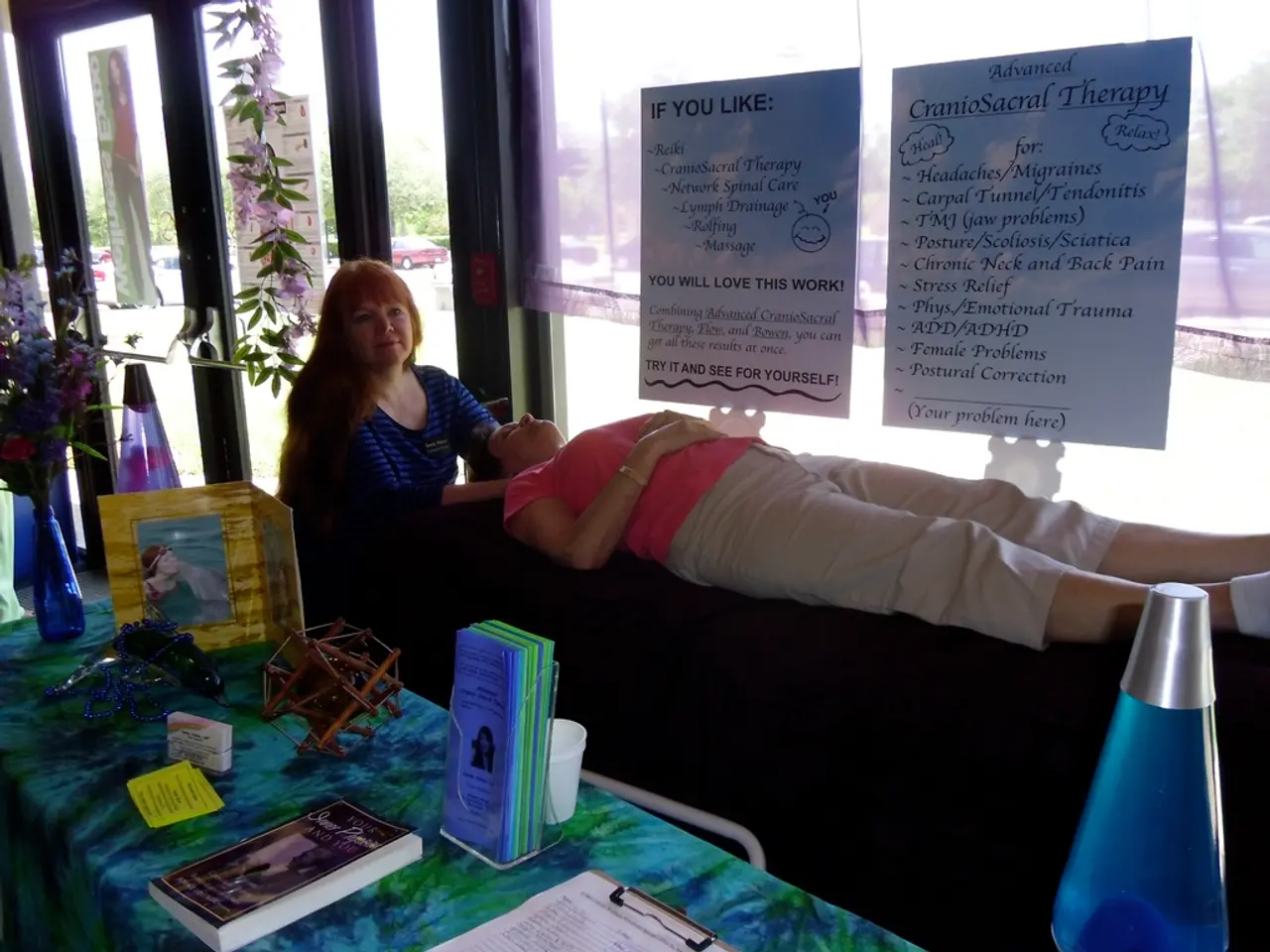Disorders of impulse control: Description, categories, signs, and additional details
In the realm of mental health, impulse control disorders (ICD) are a group of conditions that affect a person's ability to resist urges and temptations, leading to harmful and often compulsive behaviours. The Diagnostic and Statistical Manual of Mental Disorders (DSM-5) recognizes five specific types of ICDs within the category of Disruptive, Impulse-Control, and Conduct Disorders.
- Intermittent Explosive Disorder (IED): Characterized by recurrent episodes of sudden, impulsive, aggressive, violent behaviour or angry verbal outbursts disproportionate to the situation, often resulting in physical injury or property damage. People with IED experience an increasing sense of tension or arousal before the outburst and relief or exhaustion afterward.
- Kleptomania: Involves a recurrent failure to resist impulses to steal items not needed for personal use or monetary value. Individuals feel increasing tension before the theft and pleasure, gratification, or relief afterward.
- Pathological Gambling (Gambling Disorder): Defined by persistent and recurrent problematic gambling behaviour leading to clinically significant impairment or distress, such as chasing losses, lying about gambling, and jeopardizing relationships or jobs.
- Pyromania: Characterized by deliberate and purposeful fire setting on more than one occasion, tension or affective arousal before setting fire, and fascination or attraction to fire and its situational contexts. The fire setting is not done for monetary gain or as an expression of anger or revenge.
- Trichotillomania (Hair-Pulling Disorder): Involves recurrent pulling out of one’s hair leading to hair loss, repeated attempts to decrease or stop hair pulling, and distress or impairment.
These disorders share a common pattern: a compelling urge or desire, failure to resist, heightened arousal, engagement in behaviour with temporary relief, followed by potential remorse or guilt.
It's important to note that the DSM-5 has reclassified some of these disorders. Trichotillomania is now classified under Obsessive-Compulsive and Related Disorders, and pathological gambling is categorized as a behavioral addiction within substance-related disorders. However, the five above remain the classical impulse control disorders recognized by DSM-5 under or related to this category.
Children with these disorders often have parents who have conditions such as schizophrenia, ADHD, antisocial personality disorder, or who misuse substances. Environmental factors that can increase the likelihood of developing ICDs include low socioeconomic status, community violence, lack of structure, neglectful or abusive environment, and having friends who partake in deviant or illegal activities.
Managing symptoms of ICDs can be achieved through various methods. Parents and caregivers can avoid giving positive reinforcement for ICD behaviours, encourage an interest in helping the community, avoid physical discipline, remain consistent, and use therapy such as Cognitive Behavioural Therapy (CBT).
Prevention of ICDs is not certain, but early intervention can help minimize symptoms from becoming worse. It's crucial to seek help from a healthcare professional if a child or teenager exhibits signs of an ICD. Boot camps or sudden imprisonment do not help manage ICDs and can worsen issues.
It's essential to approach ICDs with understanding and empathy, recognizing that they are complex conditions influenced by both genetic and environmental factors. If you or someone you know is struggling with an ICD, seeking help from a mental health professional is the first step towards managing and overcoming these challenges.
- Obsessive-Compulsive and Related Disorders now includes Trichotillomania (Hair-Pulling Disorder), a condition that involves recurrent pulling out of one’s hair leading to hair loss, repeated attempts to decrease or stop hair pulling, and distress or impairment.
- Science and health-and-wellness communities have a responsibility to advocate for better mental health policies, particularly in understanding the complexities of impulse control disorders (ICDs) and their environmental triggers, such as low socioeconomic status, community violence, and neglectful or abusive environments.




